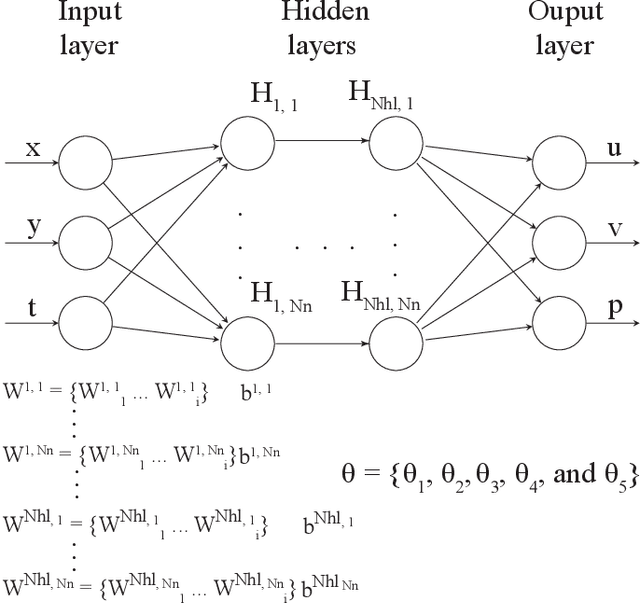Physics-informed Neural Networks for Solving Inverse Problems of Nonlinear Biot's Equations: Batch Training
Paper and Code
May 18, 2020



In biomedical engineering, earthquake prediction, and underground energy harvesting, it is crucial to indirectly estimate the physical properties of porous media since the direct measurement of those are usually impractical/prohibitive. Here we apply the physics-informed neural networks to solve the inverse problem with regard to the nonlinear Biot's equations. Specifically, we consider batch training and explore the effect of different batch sizes. The results show that training with small batch sizes, i.e., a few examples per batch, provides better approximations (lower percentage error) of the physical parameters than using large batches or the full batch. The increased accuracy of the physical parameters, comes at the cost of longer training time. Specifically, we find the size should not be too small since a very small batch size requires a very long training time without a corresponding improvement in estimation accuracy. We find that a batch size of 8 or 32 is a good compromise, which is also robust to additive noise in the data. The learning rate also plays an important role and should be used as a hyperparameter.
 Add to Chrome
Add to Chrome Add to Firefox
Add to Firefox Add to Edge
Add to Edge